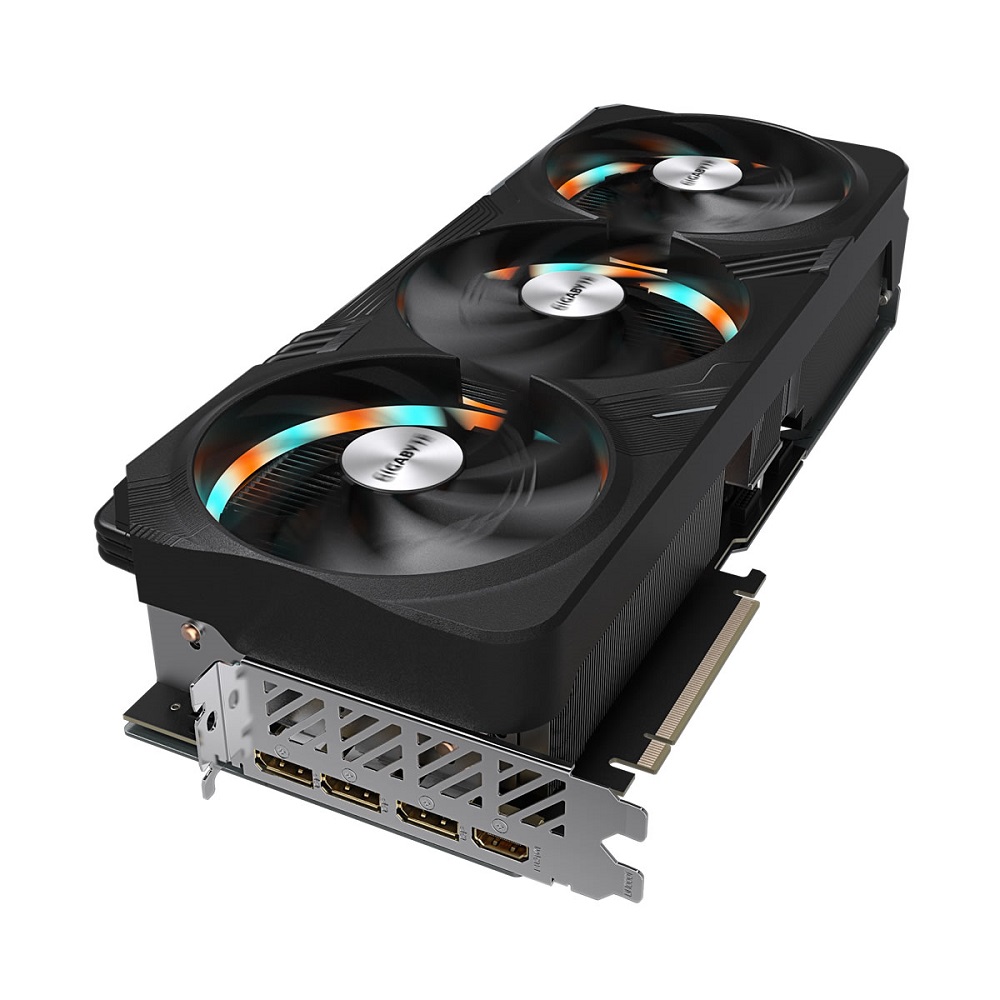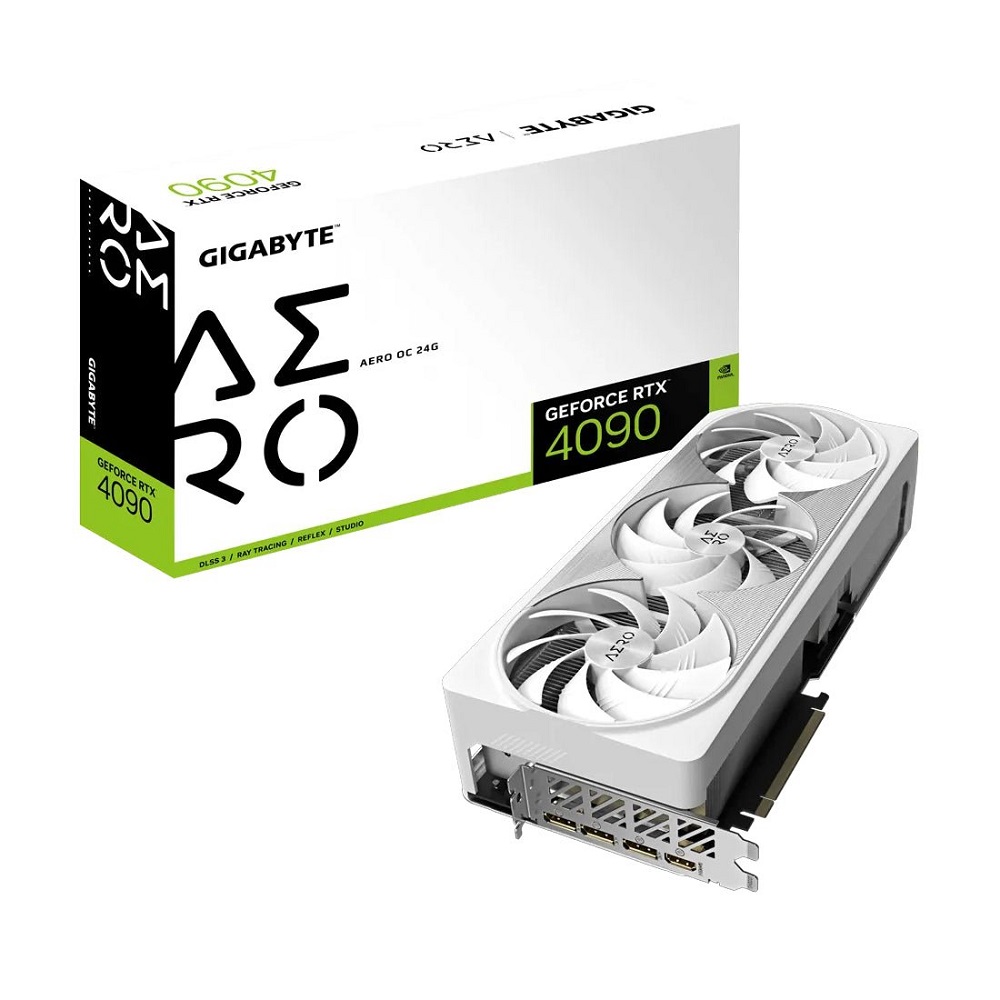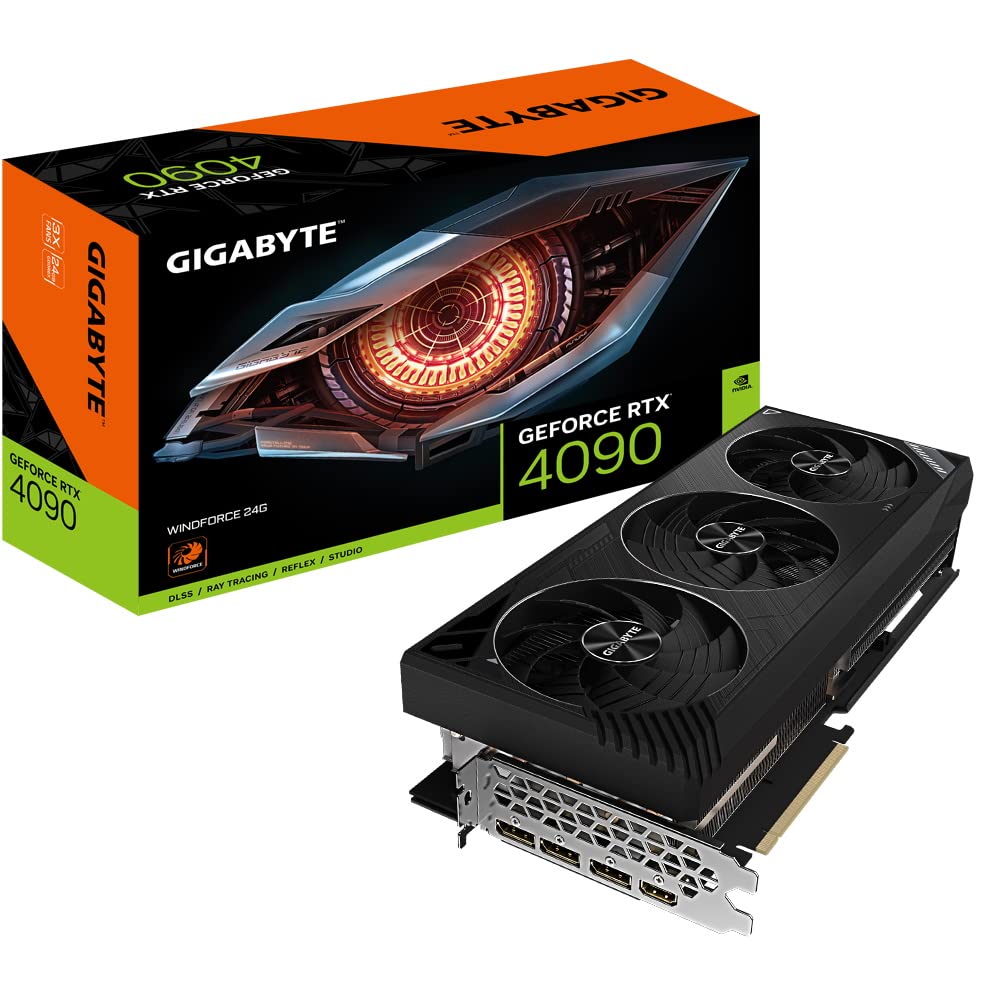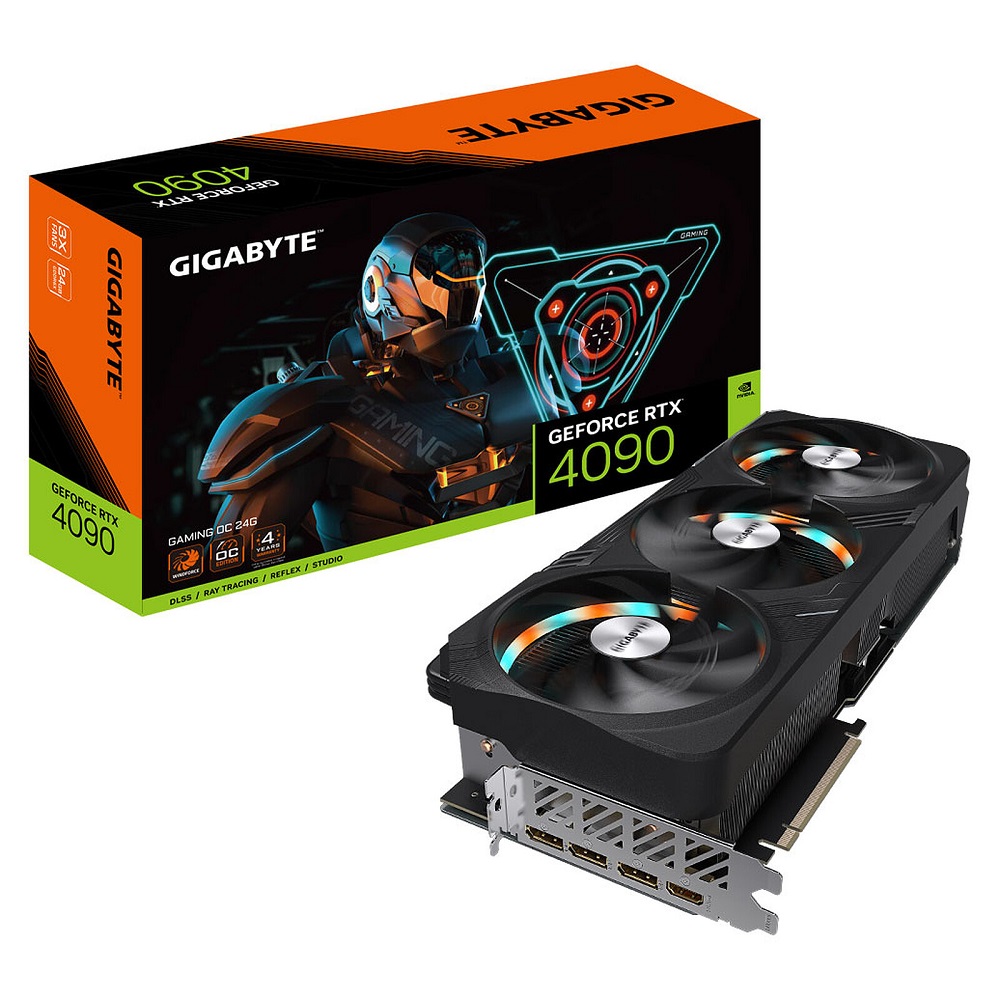Understanding the specifications of your computer’s hardware can help you optimize performance, troubleshoot issues, and determine upgrade pathways. The graphics card, or GPU, plays a crucial role in rendering images, video playback, and running graphics-intensive applications and games. Identifying which graphics card you have installed in your PC can guide your decisions, whether you’re looking to upgrade, install new software, or troubleshoot problems. How to check what graphics card I have? This article will provide practical steps to check your graphics card and gain a better understanding of your hardware.
Why Knowing Your Graphics Card Matters
Importance for Gaming and Creative Work
For gamers, knowing your graphics card specifications is vital. Different games have varying requirements, and many are designed to take advantage of advanced graphics technologies. If you want to enjoy the latest games at high settings, you need to know if your GPU can handle it. For graphics-intensive tasks like video editing, 3D rendering, or graphic design, having a powerful GPU ensures smoother workflows and better performance.
Upgrades and Compatibility
Understanding which graphics card you have also helps when considering upgrades. If you’re thinking about improving your gaming or rendering experience, knowing your current GPU allows you to compare it against newer models. When shopping for a replacement or an upgrade, it’s essential to ensure that the new graphics card is compatible with your system’s specs, including the motherboard, power supply, and physical space inside the case.

Checking Your Graphics Card in Windows
Using Device Manager
One of the simplest ways to check your graphics card in Windows is through the Device Manager. This built-in system tool provides a detailed list of all hardware components connected to your PC. Here’s how to find your graphics card using Device Manager:
- Open Device Manager: Right-click on the Windows Start menu and select “Device Manager” from the context menu.
- Locate Display Adapters: In the Device Manager window, expand the “Display adapters” section by clicking the small arrow next to it. This action will reveal the name of your graphics card.
- Review Graphics Card Information: You’ll see the name of the installed GPU. If you want more details, right-click on the GPU name and select “Properties.” This action opens a new window with additional information, including driver details and device status.
Using Device Manager is quick and efficient, making it ideal for users who need a fast overview of their graphics hardware.
Using DirectX Diagnostics Tool
Another effective method to check your graphics card is to use the DirectX Diagnostic Tool (DxDiag). This tool is a bit more comprehensive than Device Manager and provides additional information about your system. To use it:
- Open the Run Dialog: Press the Windows + R keys simultaneously to open the Run dialog.
- Launch DxDiag: Type “dxdiag” into the box and hit Enter. This command will launch the DirectX Diagnostic Tool.
- View Display Information: In the DxDiag window, navigate to the “Display” tab. Here, you’ll find detailed information about your graphics card, including its name, manufacturer, chip type, and memory.
The DirectX Diagnostic Tool is particularly useful if you need in-depth technical information about your GPU and its capabilities.

Checking Your Graphics Card on Mac
Using About This Mac
If you’re using a Mac, checking your graphics card is equally straightforward. Here’s how to do so using the “About This Mac” option:
- Open the Apple Menu: Click the Apple logo in the top left corner of your screen.
- Select About This Mac: From the drop-down menu, select “About This Mac.”
- View Graphics Information: In the summary window, you’ll see an overview of your Mac’s specifications. Click on “System Report” and look under the “Graphics/Displays” section in the left-hand sidebar. This section provides detailed information about your GPU, including its model and VRAM.
This method offers a quick overview and allows Mac users to access other relevant system information easily.
Using System Information
For a more detailed report, you can also use the “System Information” application:
- Launch System Information: You can find the System Information app by pressing the Command + Space bar to open Spotlight, typing “System Information,” and pressing Enter.
- Review Hardware Details: Once the System Information window opens, navigate to the “Graphics/Displays” section. Here, you will see a summary of your graphics capabilities, including the graphics card model, VRAM amount, and connected displays.
Using System Information gives you an in-depth view of how your graphics hardware interacts with your overall system.
Using Third-Party Software
GPU-Z for Detailed Specifications
If you need detailed specifications about your graphics card, third-party software tools are a great option. Programs like GPU-Z provide extensive information about your GPU, including clock speeds, temperatures, memory usage, and driver versions. Here’s how to use GPU-Z:
- Download and Install: Go to the official GPU-Z website, download the software, and install it on your PC.
- Run GPU-Z: Open the application. It will automatically detect your graphics card and display detailed information.
- Explore Features: The main interface shows GPU information, while tabs allow you to explore additional details such as the sensor readings and the graphics card’s memory.
Using specialized software gives you greater insight into how your GPU functions and its performance metrics, which is useful for gamers and power users wanting to overclock or optimize their systems.
HWMonitor for Monitoring Performance
Another useful tool is HWMonitor, which helps track the status of your graphics card during various tasks. This software provides real-time information about temperatures, utilization, and other vital statistics, enabling you to monitor performance closely.
- Download and Install HWMonitor: Visit the official website, download the software, and install it following on-screen instructions.
- Open HWMonitor: Launch the application. The main screen will show comprehensive details, including GPU temperatures and power consumption.
HWMonitor is especially handy for gamers looking to ensure their systems run efficiently during demanding tasks.

Confirming Your Graphics Card’s Performance
Running Benchmark Tests
Once you know what graphics card you have, conducting benchmark tests can help you understand its performance capabilities. Several benchmarking tools are available, such as 3DMark or Unigine Heaven. These programs stress-test your GPU and provide scores to help you gauge its performance.
- Download a Benchmarking Tool: Choose a program suited to your needs and download it from the official website.
- Run the Benchmark: Follow the instructions to run the test, which typically involves selecting test configurations and clicking “Start.”
- Analyze the Results: Once the test completes, review the scores and settings to understand how well your graphics card performs compared to others.
Knowledge of your GPU performance helps in determining whether it meets your gaming or creative needs. This information can direct your future upgrade decisions or guide settings adjustment in demanding games.
Monitoring Frames Per Second (FPS)
For gamers, checking frames per second (FPS) during gameplay provides insights into how well your graphics card handles various titles. Many games include built-in FPS counters, or you can use third-party tools like FRAPS or MSI Afterburner to monitor performance continuously.
- Install an FPS Tracker: Install a tool like FRAPS or MSI Afterburner, which tracks performance in real-time during gameplay.
- Launch Your Game: Start playing your game of choice while the FPS tracker runs in the background.
- Observe FPS Rates: Check the FPS data displayed on your screen. Pay attention to fluctuations during high-action scenes, as this indicates how your GPU manages intense workloads.
Monitoring FPS provides a practical understanding of how capable your graphics card is in real-world applications.
Preparing for Upgrades or Changes
Assessing Upgrade Needs
If your current graphics card no longer meets your requirements, it may be time to consider upgrading. Before making any decisions, assess your current performance and what improvements you’re looking for. Whether you want higher frame rates in games, better rendering capabilities for creative projects, or greater efficiency, knowing what you need helps steer your upgrade choice.
When evaluating potential upgrades, consider the following aspects:
- Compatibility: Ensure the new GPU is compatible with your motherboard and power supply.
- Performance Gains: Research which newer models would offer substantial performance improvements.
- Budget: Stay within your budget while considering potential future needs.
Understanding your current graphics card’s specs helps make informed decisions about what to upgrade to.
Choosing the Right Graphics Card
When selecting a new graphics card, research the options that suit your needs and budget. Check out reviews, videos, and forums to see how various cards perform in real-world applications. Evaluate specifications such as VRAM, clock speeds, and the features of each GPU.
Additionally, remember to consider factors like the cooling solution and the size of the card, which may affect installation space inside your PC case. If you’re not entirely comfortable making hardware changes, consider seeking the help of a professional technician.
Conclusion
Checking what graphics card you have on your PC is a straightforward process that aids in optimizing your system’s performance and planning for future upgrades. Whether you use built-in tools like Device Manager or third-party applications, gaining insight into your GPU’s specifications is essential for enhancing your gaming, productivity, and creativity.
By knowing the details about your graphics card, you can make informed decisions about upgrades, improve performance, and enjoy a better overall experience with your computer. So take the time to check your graphics card today, and empower yourself to unlock the full potential of your PC!
